Having lived in a cultural wilderness during the COVID period and for a year or so afterwards the temptation to overdose on culture became irresistible. A six week stay in Brussels and London provided ample opportunity, taking in more than one concert per week, multiple museum visits plus restaurants and more. While in Brussels we began to explore other cities in Belgium and were surprised to find Antwerp is basically next door – under an hour by train and only 50km away. My daily commute to work when I was unfortunate enough to have a job took longer. A two night stay in December provided a chilly opportunity to see some of the Christmas lights, tour the architecture and visit KMSKA (Royal Museum of Fine Arts, Antwerp).
Christmas lights are mainly in the old town, around the central square and the cathedral tower. The cathedral is a fine example of gothic architecture although technically unfinished (only one of two spires was completed) and displays many paintings by Rubens (see below) and others.
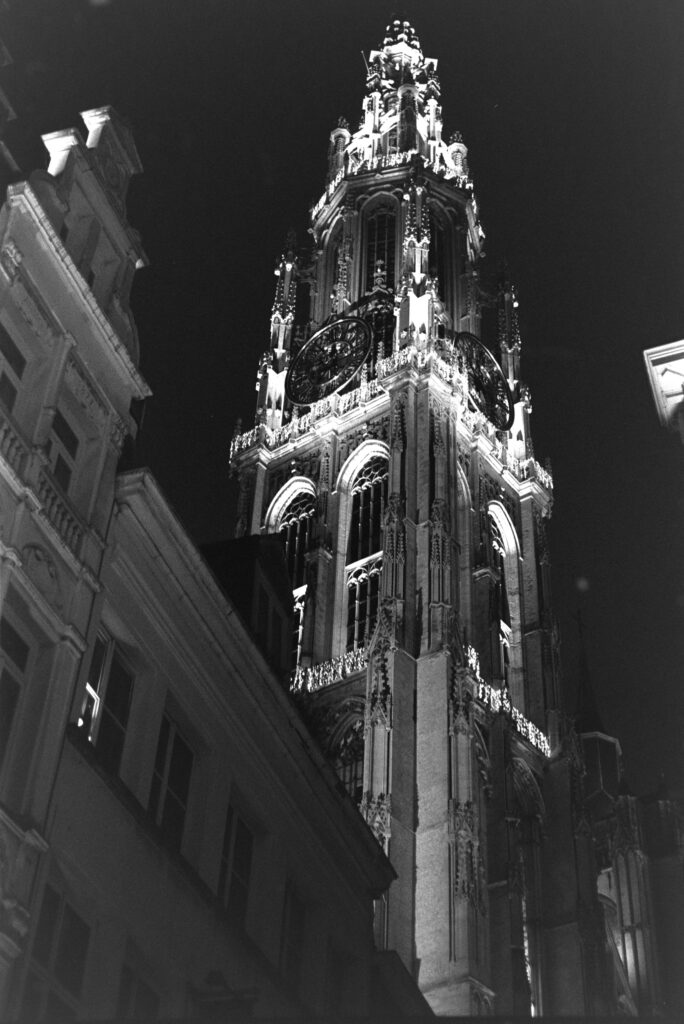
KMSKA houses works of art covering seven centuries up to the present: works by Anthony van Dyck (born in Antwerp), Peter Paul Rubens (whose parents were from Antwerp and who lived there from age 12), Titian (Tiziano Vecellio) and others. Although I am more interested in modern art I remember very well a Rubens painting on display in the cathedral, “The Raising of the Cross”, with high local contrast and a strong diagonal leading through the image. Rubens was apparently very impressed by the composition of the Titian painting “The Rape of Europa”, and no doubt by Titian’s use of contrast. Perhaps some lessons for photography here.
The concept for the art below (see https://kmska.be/en/masterpiece/2-conflict-paintings-color-method-7-layers) seems to have been inspired by the museum itself – walk-in art rather than something hanging on the wall. The work itself being created in 2022 by Belgian artist Boy & Erik Stappaerts (yes, that’s one person).
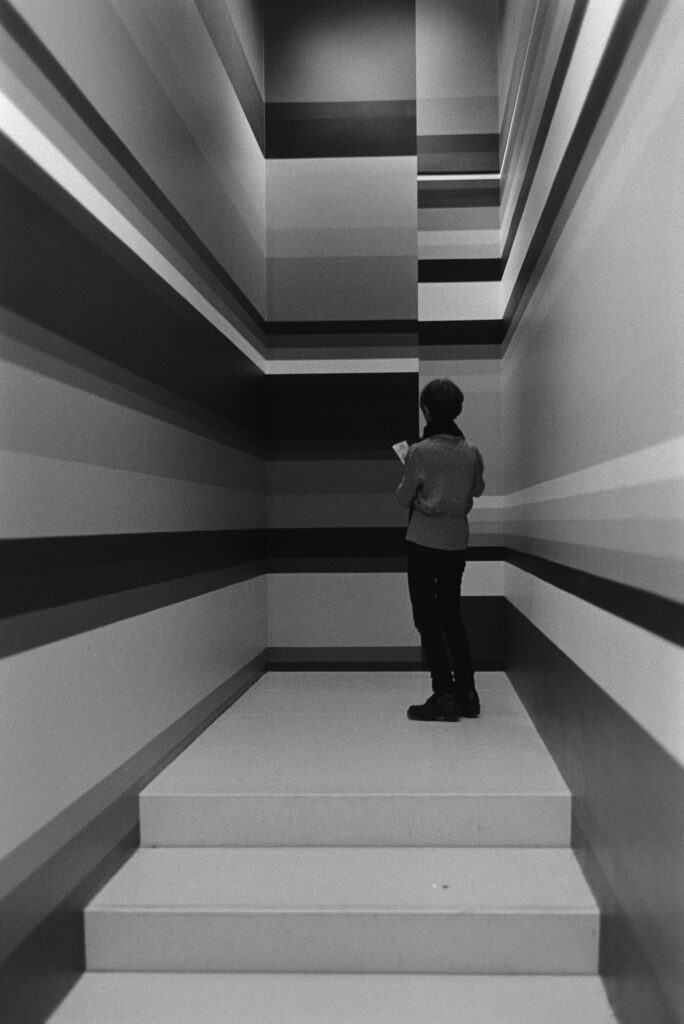
My interest in modern art centres around the concept behind the art. A lot of modern art images provoke the response “oh, I could easily do that”. Perhaps you could but that misses the point. It’s the original concept that the art exemplifies that matters – there’s little point copying Rothko’s Seagram murals or Richter’s Cage Series, or copying the photographic style and subject matter of Michael Kenna or Ansel Adams. Originality of technique, style or interpretation is what sets the great apart from the rest of us. Not all ideas have to be earth shattering, just some new angle or method that adds a little extra to human knowledge and provides inspiration to others. One work that particularly impressed me was “Great Sun” by Otto Piene (https://kmska.be/en/masterpiece/great-sun). Piene used non-traditional techniques to create his art (as part of a ‘neo-avant-garde movement’ – whatever that means – called ZERO). I seem to remember his sun image, also being a zero, was partly made using a giant blowtorch – the sort used by workmen melting pitch for tarmac. You don’t have to follow the rules in photography either.
Walking around the museum of course I studied the art (not easy in a five hour visit faced with seven centuries of some of the most famous works of their era) but I was also impressed by the architecture of the museum itself, offering the opportunity for some interesting (to me) abstract compositions. The featured image shows reflections of the illuminated columns outside the main entrance.
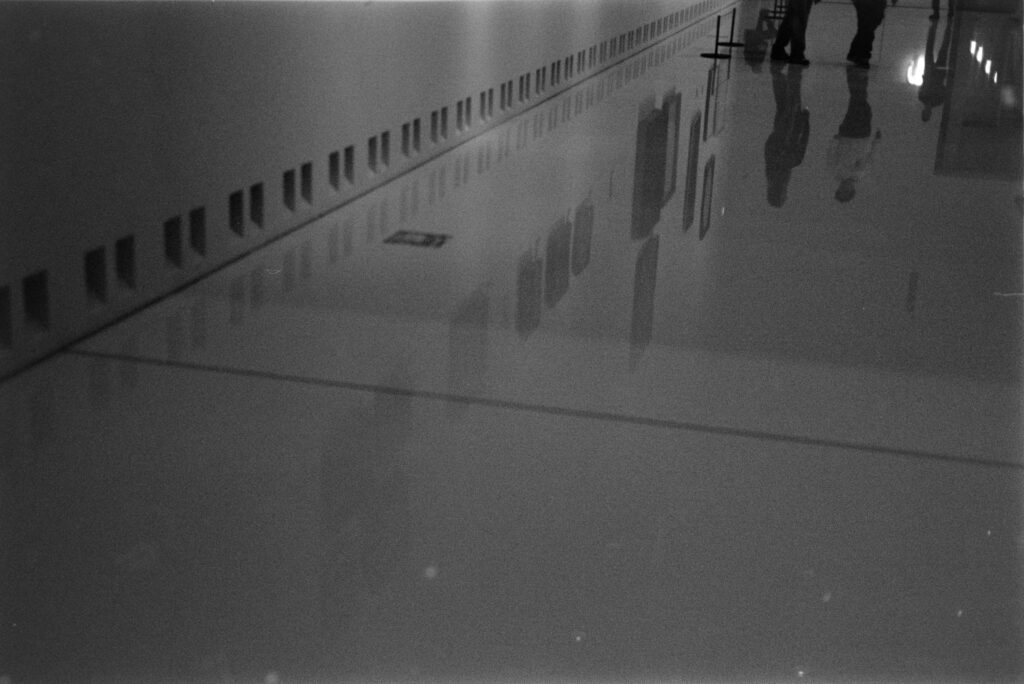
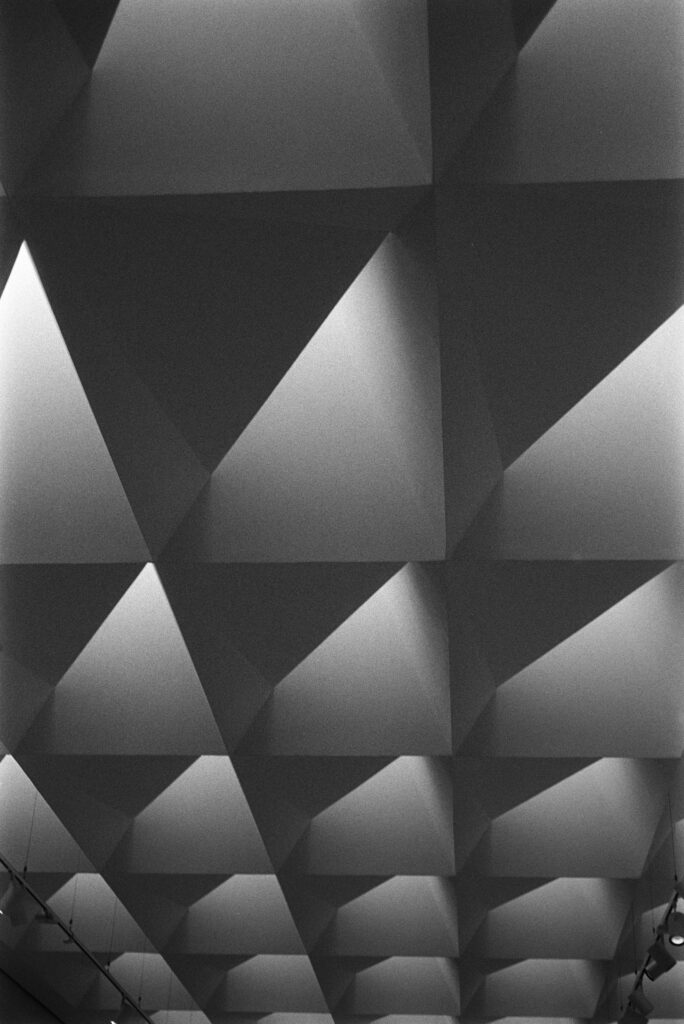
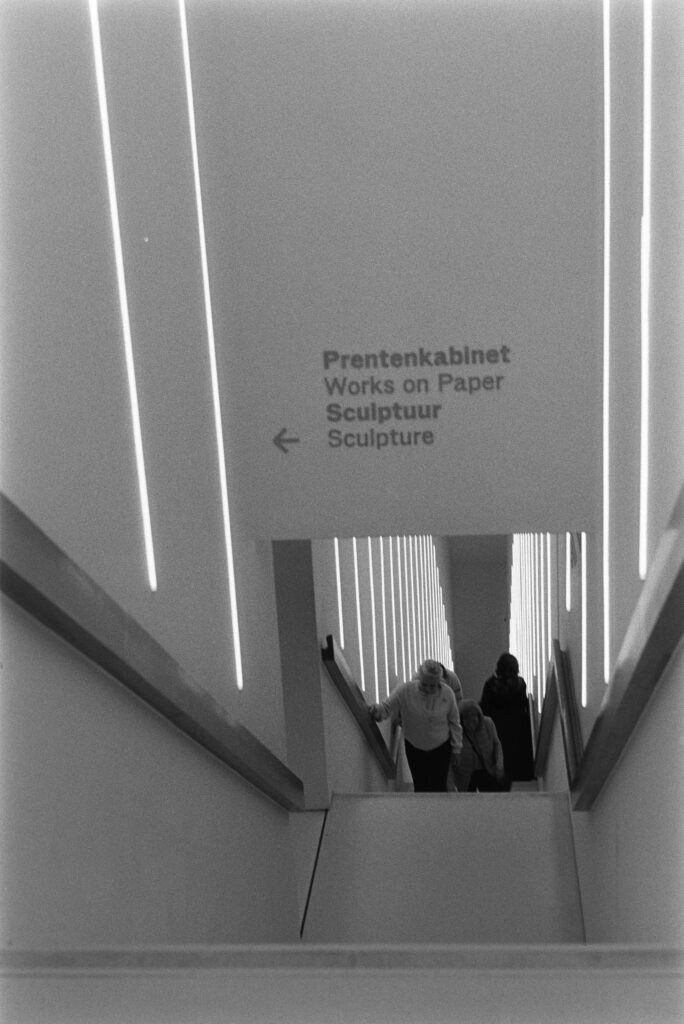
Images taken with a Leica M3 and Zeiss 50mm Planar on Fomapan 100 developed in Bergger PMK Pyro and scanned on an Epson X900. Note how much finer grained the Fomapan appears – due to the pyro staining.
Share this post:
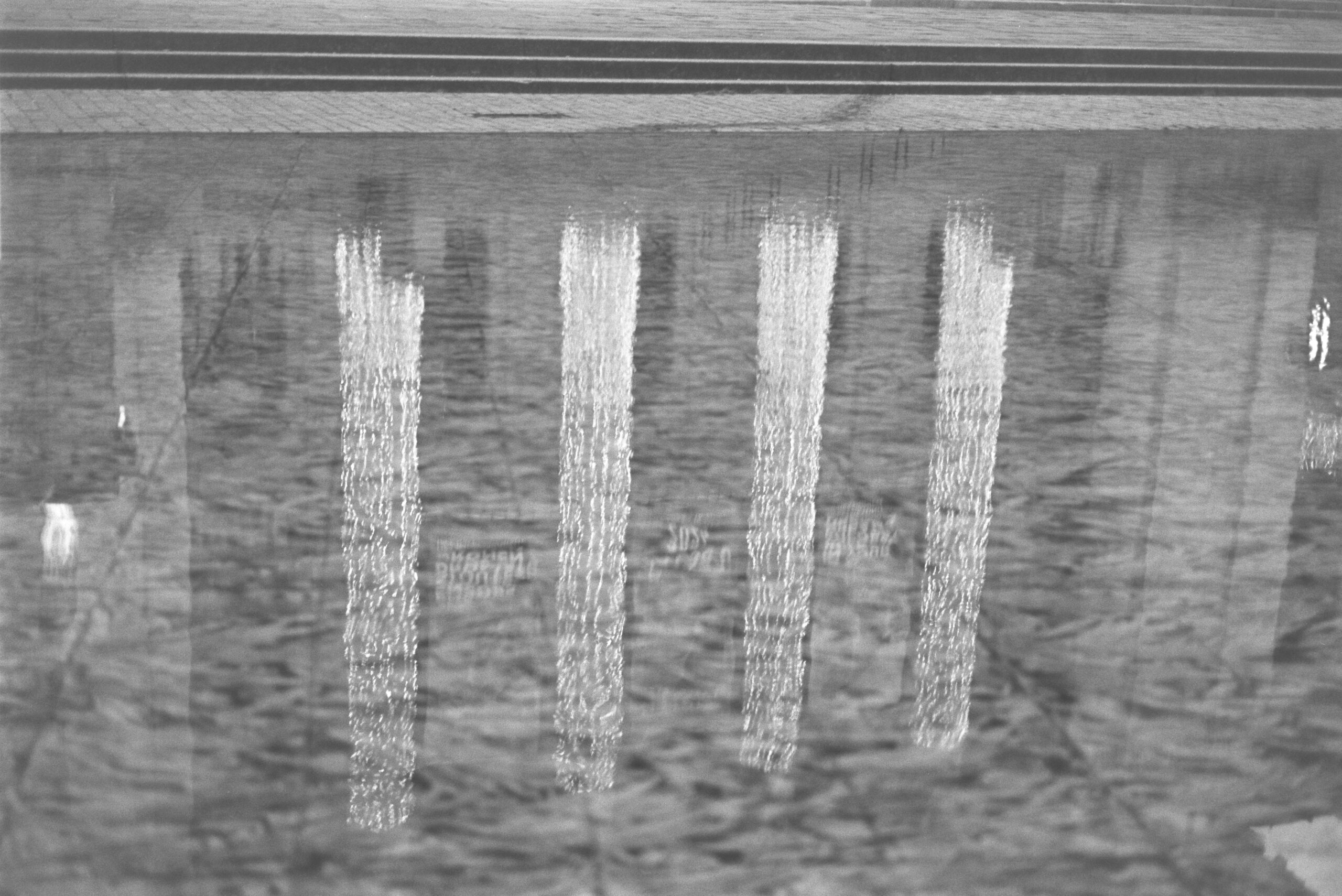
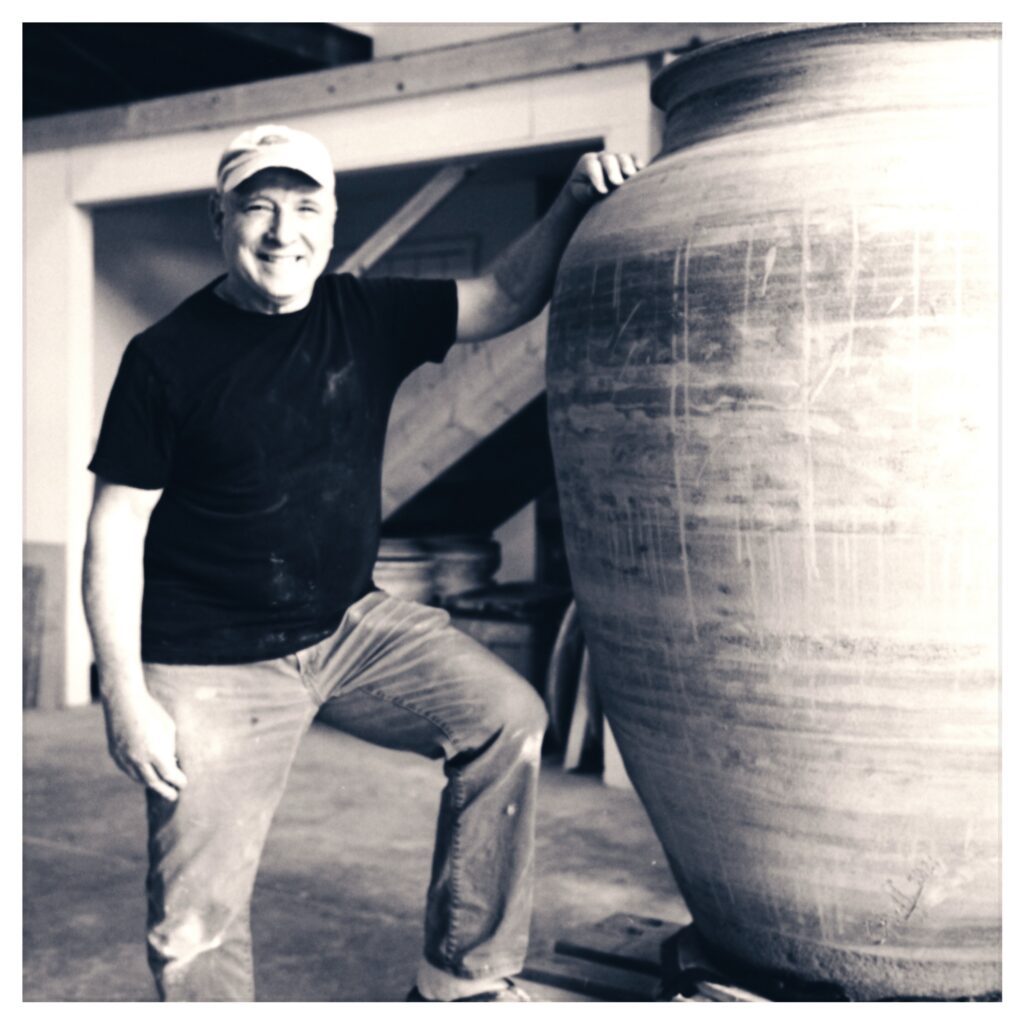
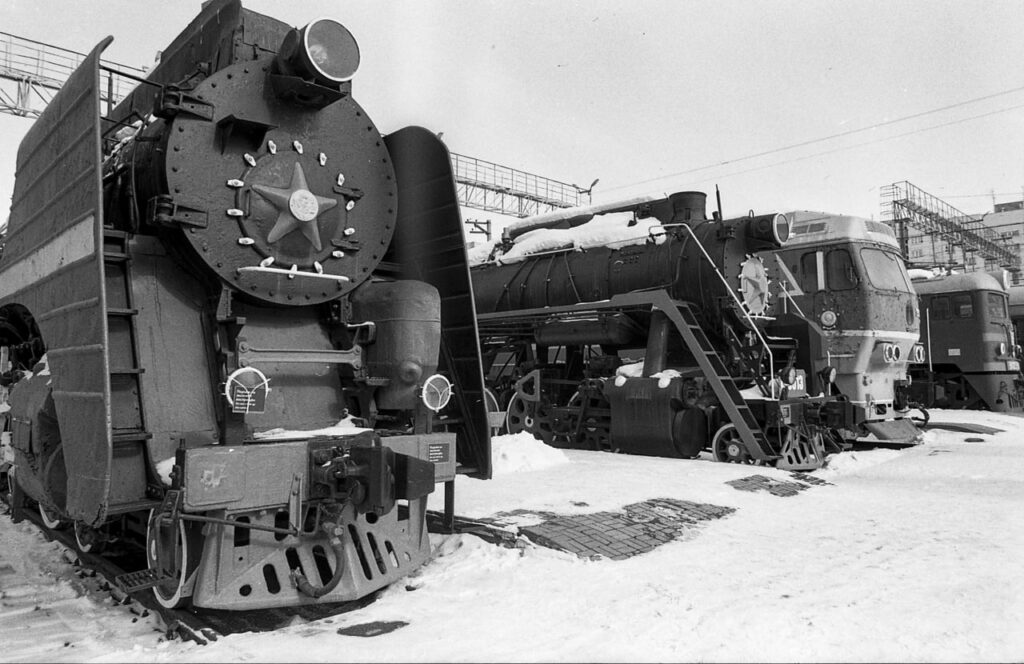
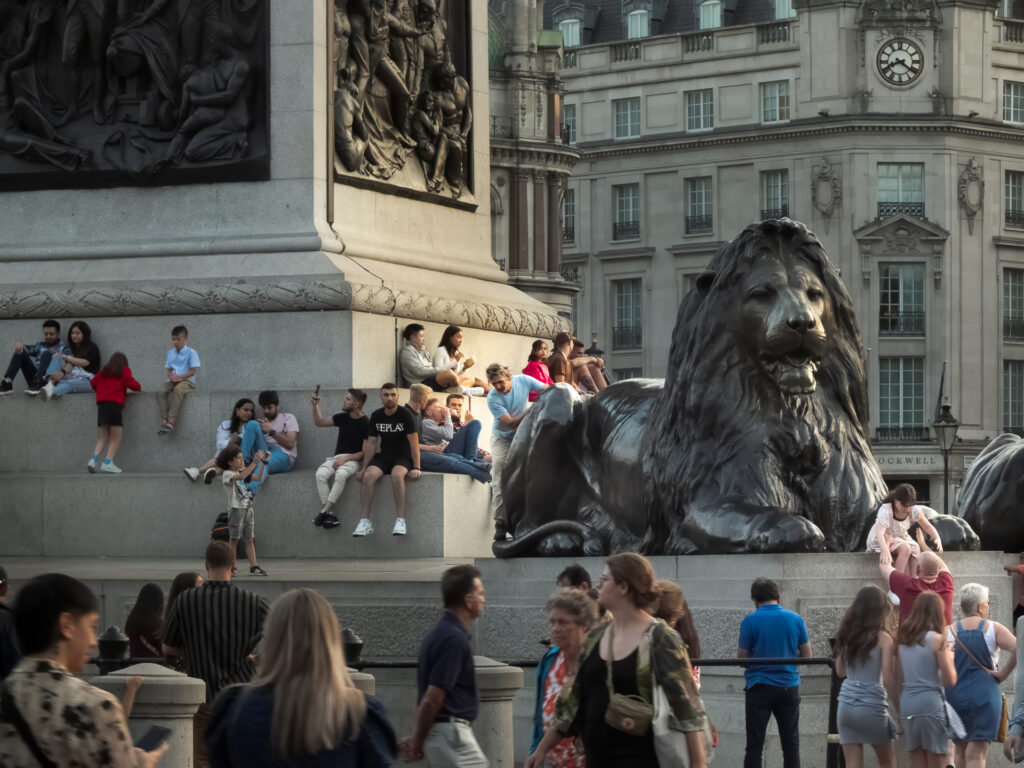
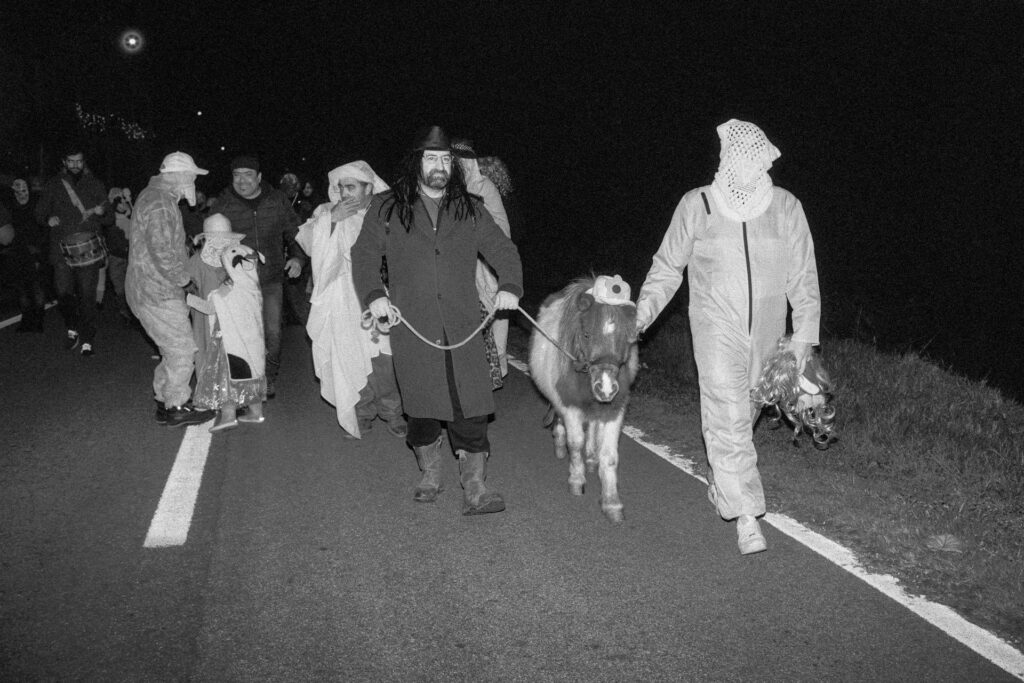
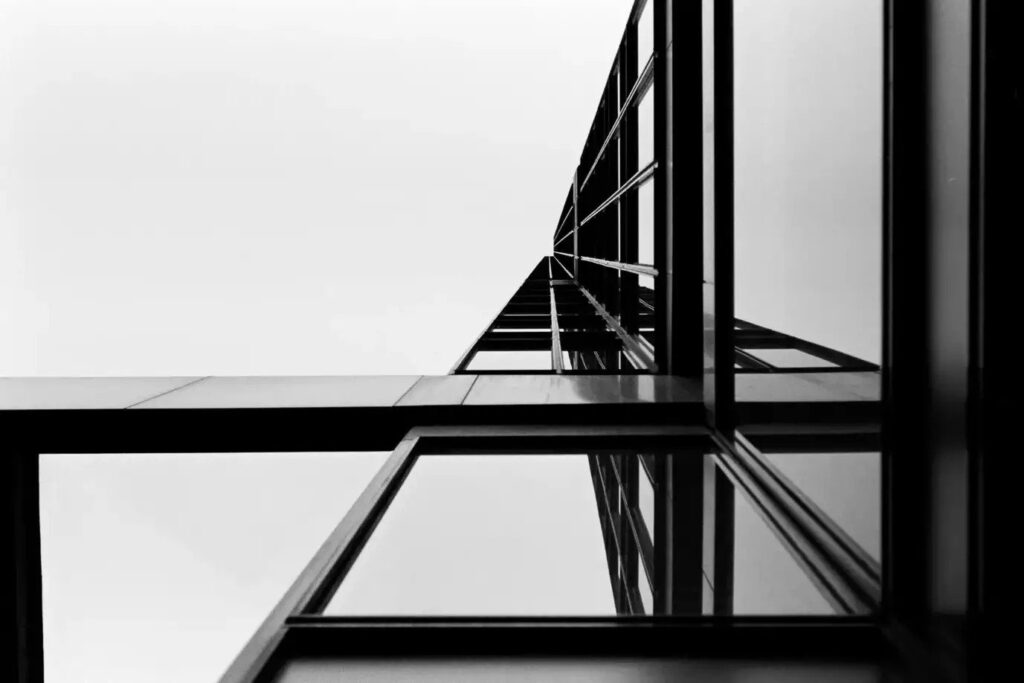
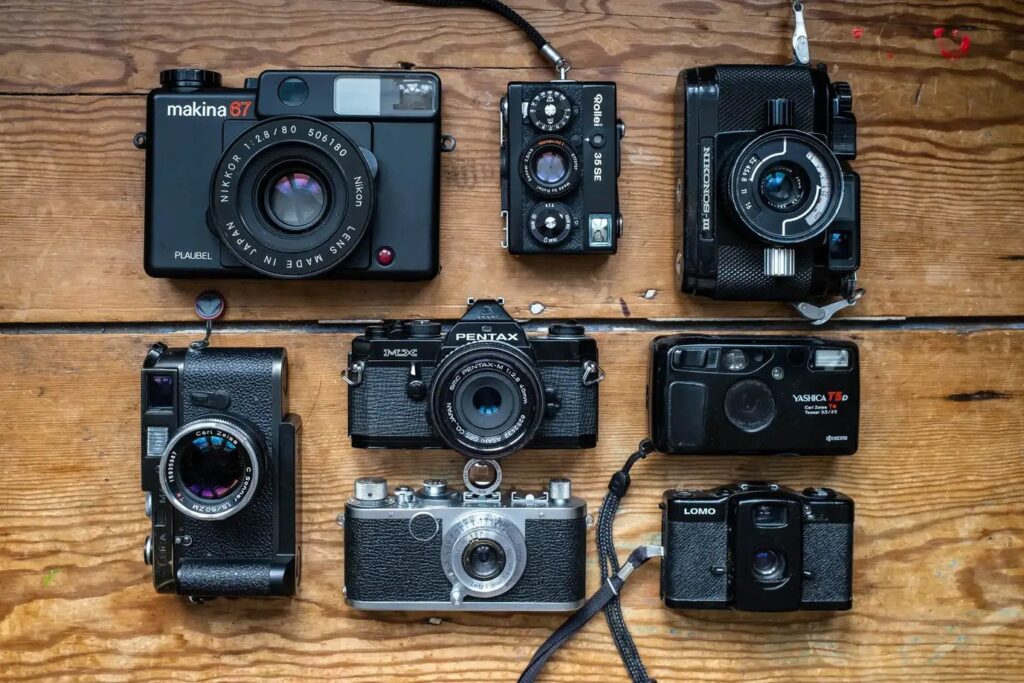
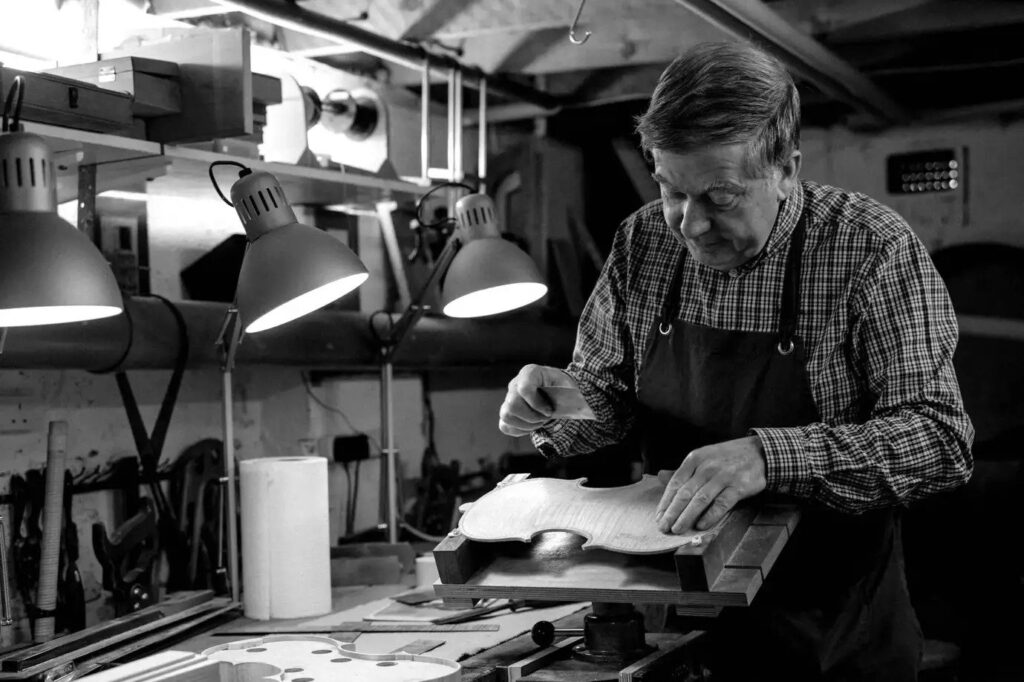
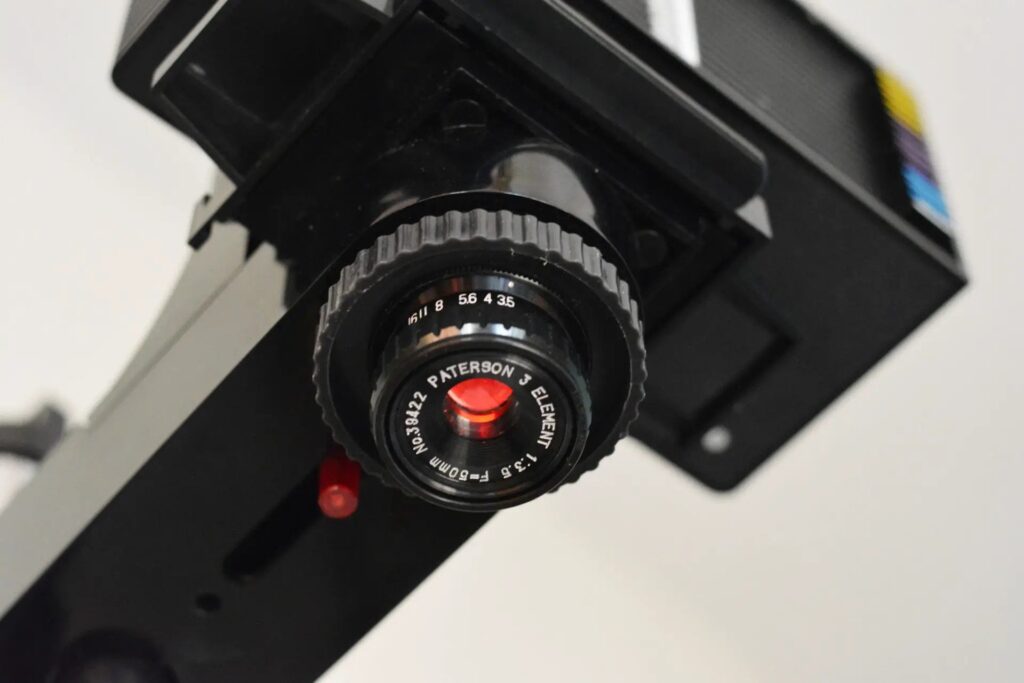
Comments
Gary Smith on KMSKA, Antwerp – Leica M3, Fomapan 100 developed in Bergger PMK Pyro
Comment posted: 22/02/2025
Comment posted: 22/02/2025
Jeffery Luhn on KMSKA, Antwerp – Leica M3, Fomapan 100 developed in Bergger PMK Pyro
Comment posted: 24/02/2025
I like your photos. Fomapan is a slow film and Pyro CMK does best at reduced box speed. Am I right? Your images were taken in low light situations. Did you push your film to get your good results?
Jeffery
Comment posted: 24/02/2025